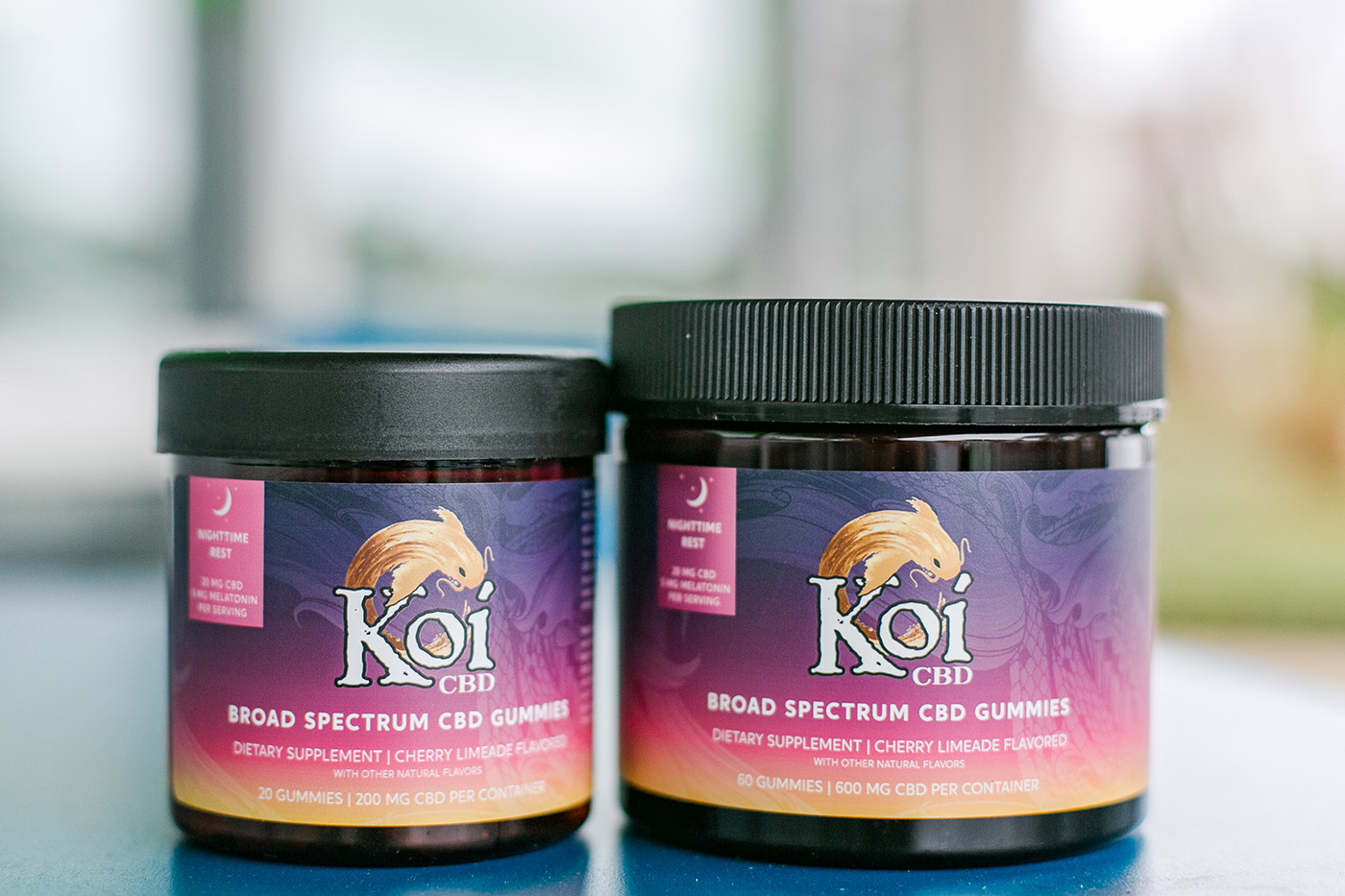
Cannabis has garnered attention for its wide array of compounds, each with unique effects and potential benefits. While THC is the most well-known cannabinoid for its psychoactive properties, there are other cannabinoids that don’t get you high but offer various therapeutic benefits. In this blog post, we’ll explore three of these non-psychoactive cannabinoids: CBD, CBG, and CBN.
What Are Cannabinoids?
Cannabinoids are naturally occurring compounds found in the cannabis plant. They interact with the body’s endocannabinoid system (ECS), which plays a crucial role in regulating various physiological processes, including pain, mood, appetite, and sleep. While THC is responsible for the “high” associated with cannabis, other cannabinoids have different effects on the body.
CBD (Cannabidiol)
**CBD** is perhaps the most well-known non-psychoactive cannabinoid. It’s lauded for its wide range of potential health benefits without causing the euphoric high associated with THC.
Potential Benefits of CBD:
1. **Pain Relief**: CBD is often used to manage chronic pain conditions, including arthritis and multiple sclerosis.
2. **Anxiety and Depression**: Research suggests CBD may help reduce symptoms of anxiety and depression by interacting with serotonin receptors in the brain.
3. **Anti-inflammatory**: CBD has anti-inflammatory properties, making it useful for conditions like acne and other inflammatory diseases.
4. **Neuroprotective**: There’s growing interest in CBD’s potential to help with neurological disorders such as epilepsy and multiple sclerosis.
CBG (Cannabigerol)
**CBG** is considered the “mother” cannabinoid because it’s the precursor from which other cannabinoids are synthesized, including THC and CBD. While it’s present in lower concentrations in most cannabis strains, it’s gaining attention for its unique benefits.
Potential Benefits of CBG:
1. **Antibacterial Properties**: CBG has shown promise in fighting bacterial infections, including antibiotic-resistant strains.
2. **Glaucoma**: Studies indicate that CBG may help reduce intraocular pressure, beneficial for glaucoma patients.
3. **Inflammatory Bowel Disease (IBD)**: Research suggests CBG might help with IBD by reducing inflammation in the gut.
4. **Cancer**: Early studies show that CBG may inhibit tumor growth in certain cancers, although more research is needed.
CBN (Cannabinol)
**CBN** is a cannabinoid that forms as THC ages and breaks down. It’s mildly psychoactive, but the effects are much weaker than THC. It’s often associated with sleep and relaxation.
Potential Benefits of CBN:
1. **Sleep Aid**: CBN is widely recognized for its sedative properties, making it a popular natural remedy for insomnia.
2. **Pain Relief**: Like CBD, CBN may help alleviate pain by interacting with the body’s pain-regulating systems.
3. **Anti-inflammatory**: CBN has anti-inflammatory effects, which can be beneficial for conditions like arthritis.
4. **Appetite Stimulation**: Unlike CBD, CBN may stimulate appetite, similar to THC, but without the intense psychoactive effects.
Choosing the Right Cannabinoid for You
When considering incorporating these cannabinoids into your wellness routine, it’s important to consult with a healthcare provider, especially if you’re taking other medications. Each cannabinoid offers unique benefits, and the right choice depends on your specific health needs and goals.
CBD, CBG, and CBN offer a range of therapeutic benefits without the high associated with THC. Whether you’re looking to manage pain, reduce anxiety, improve sleep, or address other health issues, these cannabinoids provide natural alternatives that are worth exploring. As research continues to uncover their full potential, we can expect to see even more applications for these fascinating compounds in the future.